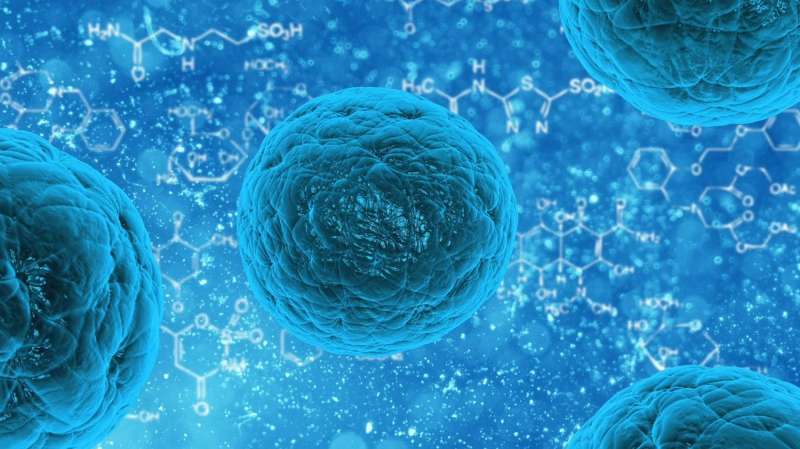Studying the impact of stem cell transplants

People with sickle cell disease who receive nonmyeloablative stem cell transplants are at greater risk for developing new tumors, according to a new study published in the Journal of Clinical Oncology.
Approximately 100,000 Americans have sickle cell disease, the most common inherited blood disorder, according to the Centers for Disease Control and Prevention. Sickle cell disease is present at birth and causes the production of abnormal hemoglobin.
Stem cell transplantation is currently the only cure for sickle cell disease and normally requires preparative chemotherapy to kill existing cells in the bone marrow and suppress the patient’s immune system, allowing the donor cells to grow once introduced. In nonmyeloablative transplants, low-dose chemotherapy is administered with the goal of suppressing the patient’s immune system just enough for the donor cells to take hold while minimizing toxicity and potentially preserving fertility.
In the current study, investigators analyzed 1,096 transplants for sickle cell disease that took place between 1991 and 2016. They discovered those who received nonmyeloablative stem cell transplants were 22 times more likely to develop leukemia or myelodysplastic syndrome and seven times more likely to develop any type of new tumor, compared to those patients who received higher-intensity regimens. Overall, 2.4% of patients in the study developed secondary tumors.
Additionally, a third of the new non-hematological tumors developed in children between 8 and 11 years old after full-dose regimens of busulfan, a chemotherapy drug that is the current standard conditioning regimen for gene therapy and editing trials.
While it’s too early to draw wide conclusions, the findings underscore the need for more long-term research around blood stem cell transplants for sickle cell disease, said Sonali Chaudhury, MD, associate professor of Pediatrics in the division of Hematology, Oncology, and Stem Cell Transplantation and a co-author of the study.
“This highlights the need to have longer-term follow-up so that we establish which patients are at risk of developing a secondary malignancy and see if we can identify risk factors prior to guiding select appropriate curative regimens in these patients,” said Chaudhury, who is also the director of stem cell transplantation and cellular therapies at Ann & Robert H. Lurie Children’s Hospital of Chicago. “Especially as we move toward gene therapy for sickle cell disease, we need multiple years of follow-up. Not just two or five years, but 10 to 15.”
Future research will focus on clarifying which factors contribute to the higher risk of developing new tumors, Chaudhury said.
“The hypothesis is that maybe having some residual host cells may lead to secondary malignancies,” said Chaudhury, who is also a member of the Robert H. Lurie Comprehensive Cancer Center of Northwestern University. “Our goal now is to continue to study this and see if this is coincidence or if it is a donor susceptibility and if we can identify those high-risk patients up front.”
More information:
Mary Eapen et al, Secondary Neoplasms After Hematopoietic Cell Transplant for Sickle Cell Disease, Journal of Clinical Oncology (2023). DOI: 10.1200/JCO.22.01203
Journal information:
Journal of Clinical Oncology
Source: Read Full Article
